Ebikes
5 Veelvoorkomende E-Bike Mythen Ontkracht
Electric bikes have grown hugely popular across Europe. But despite their rise, many myths still confuse people considering buying one. I’ve spent years riding e-bikes, testing models, talking with new and experienced riders, and want to share what I’ve learned. My goal is to help you understand what’s true, what’s exaggerated, and what to look for — so you can pick (or ride) an e-bike that really suits your needs.
Myth 1 – “E-Bikes Don’t Give You Real Exercise”
Many people think: if a bike has a motor, then you barely do anything. That is not true.
- Even with motor assistance, you still pedal. The motor helps you, but doesn’t replace your effort (unless it’s a throttle-only mode, depending on the model and laws in your country).
- You can choose the level of assistance: low (or eco), medium, high. If you want more workout, you use lower assist – your legs, breathing, heart rate all still work. If the route has hills, the assist helps you get up them, but you still get the benefits of pedaling uphill and balancing.
- Studies show e-bike riding improves cardiovascular fitness, helps people who might struggle on conventional bikes (older adults, people with joint issues) to ride more often, and increases overall physical activity. It is a low-impact way to stay active. PeopleForBikes: Health Benefits and general reviews confirm that you can control intensity.
So Myth 1 is busted: an e-bike can give you real exercise — maybe not always as intense as a road bike uphill without assistance, but more sustainable and more frequent for many people.

Myth 2 – “The Battery Never Takes Me Far Enough”
Range is often the biggest worry. People fear they’ll run out of battery mid-ride. But what manufacturers claim vs what you get depends a lot on conditions.
Here are the main factors that affect battery range:
- Battery capacity (often expressed in watt-hours, Wh). Higher Wh generally means more range.
- How much you use the motor (assist level), your weight, the terrain (flat vs hilly), wind, speed, and tyre condition.
- Also ambient temperature: batteries perform best in moderate temperatures; very cold or hot weather reduces capacity.
There are good guides that explain this in simple terms. For example, the article Electric Bike Range Explained: How Far Can E-Bikes Go? shows how various factors change real life performance. (Electric Bike Reviews)
Example: DYU Stroll 1 700C City E-Bike
Let’s take a real model: the DYU Stroll 1 700C City E-Bike. It’s claimed to have a 36V 9Ah battery (that’s about 324 Wh), removable, and a “max range” up to 100 km under ideal conditions.
- If I ride mostly in “eco” or medium assist, with light load, on flat city roads, with good tyre pressure, I might approach that number.
- If I use high assist, carry heavy gear, ride uphill often, or it’s cold/windy, the real range could be much lower — maybe 40-60% of that max figure.
Below is a comparison table showing how different models or scenarios might perform, to help you set realistic expectations.
| Model / Scenario | Battery Wh | Typical Urban Ride (flat, light load, medium assist) | Hill / Heavy Load / High Assist / Windy Conditions |
|---|---|---|---|
| DYU Stroll 1 (36V-9Ah ≈ 324 Wh) | ~324 Wh | 80-100 km possible (if mostly eco/medium assist) | 60-80 km likely |
| Budget commuter (~250 Wh) | ~250 Wh | 45-70 km | 20-40 km |
| Long-range / dual battery model (~600 Wh) | ~600 Wh | 90-130 km | 60-100 km |
Tip: When you test ride, try to estimate your typical daily distance + possible hills + weight; then add margin. Don’t rely on maximum stated range as your daily plan.

Myth 3 – “E-Bikes Are Too Heavy to Handle”
Yes: e-bikes are heavier than non-electric bikes. But that doesn’t mean they’re unmanageable.
- The extra weight comes from motor, battery, and sometimes extra frames or strong components. But once you’re riding, power assist often cancels much of that extra effort.
- When stopped, carrying up stairs, lifting into a car rack, or storing, weight matters. A model like the DYU Stroll 1 weighs about 19.5 kg, which is certainly heavier than many ordinary bikes — but lighter than many e-bikes with larger batteries or bigger motors. It’s a trade-off you must accept or mitigate (e.g. place/secure storage so you don’t need to lift often).
If you mostly ride, then store, and rarely have to carry up stairs, weight may not bother you. If you live in a flat building with elevator access, or can easily roll rather than carry, 20 kg-ish is manageable.
Myth 4 – “They’re Unsafe in City Traffic”
Some believe that because of speed or motor, e-bikes are more dangerous. I disagree; many features make modern e-bikes safer — and you can ride to maximise safety.
- Better braking systems: hydraulic disc brakes (common now) provide strong, reliable stopping power even in wet weather. Good e-bike models also have wide, puncture-resistant tyres, which help avoid flats in urban debris.
- Visibility: integrated lights, reflective elements, often bright colours. These help you be seen.
- Reliable components and maintenance: a well-maintained e-bike with good tyres, brakes, and correct power settings is safer than a poorly maintained regular bike.
- Example: the DYU Stroll 1 includes hydraulic disc brakes and puncture-proof tyres — those are exactly the kinds of features I like because they reduce risk from road debris or sudden rain.
Also, riding behavior matters: be predictable, use lights at dawn/dusk, wear a helmet, and obey cycling rules. All of this turns “myth” into “avoidable risk.”

Myth 5 – “E-Bikes Are Too Expensive”
Up front cost can seem high, but when you look at long-term costs and benefits, things often change.
What you pay for:
- Motor & battery: biggest cost elements. More powerful motors, larger batteries → higher cost.
- Frame quality, brakes, electronics, display, warranty/support.
- Accessories: lights, racks, fenders, good tyres.
What you save or gain:
- Reduced fuel/car costs, or fewer public transport fares. If you replace car trips or even part of them, you can save a lot.
- Fewer maintenance costs vs. cars (no engine oil, fewer parts to break down).
- Health benefits (less illness or fatigue) and sometimes subsidies / tax incentives in European countries.
Many decent commuter e-bikes are now available under or around €1,000-1,500 (or equivalent in GBP/EU-currencies), depending on specs. The DYU Stroll 1 is an example: decent components, good range, and often seen at promotional prices or discounts. If you shop carefully, wait for sales, or buy from reputable second-hand with service history, you can get very good value.
How the DYU Stroll 1 Proves These Myths Wrong
Let me use the DYU Stroll 1 700C City E-Bike as a case study, because it shows how many “myths” are already addressed in modern design.
| Feature | What the DYU Stroll 1 Offers | Why It Matters / Myth Addressed |
|---|---|---|
| Battery ~324 Wh, removable | Good energy capacity, ease of charging or swapping battery | Helps with range concerns (Myth 2) |
| Assist levels + max speed ~25 km/h | Flexibility in how much support you get | Allows real exercise or easier rides (Myth 1) |
| Weight ~19.5 kg + strong frame | Not ultra-light but manageable for many urban users | Myth 3 (Too heavy) moderated |
| Hydraulic disc brakes + puncture-proof tyres | Better stopping, better reliability in city conditions | Myth 4 (Unsafe) addressed |
| Price (especially discounted) + good spec | More value per € / £ than many entry e-bikes with poor parts | Myth 5 (Too expensive) challenged |
I believe the Stroll 1 is especially well suited for someone who rides daily in a city or suburban environment, wants something reliable to commute, carry small loads, and doesn’t want large maintenance hassles. If you want long mountain trails, huge cargo bikes, or racing-speed, then other models may suit better.
DYU STROLL 1Additional Practical Advice Before You Buy
Here are concrete tips I use or recommend to friends when choosing or using an e-bike:
- Test ride if possible — feel the motor assist, how the brakes respond, how comfortable the seat and handlebars are.
- Know your ride profile — estimate distance, typical hills, your weight + cargo. Use that to determine what battery size and motor power you really need.
- Check legal requirements — in the EU and UK there are limits (often max assist speed 25 km/h) and rules for lights, displays, etc. Make sure your choice is compliant.
- Look for good warranty & parts availability — battery replacement, motor service, brake parts — important for long-term ownership.
- Maintain well — keep tyres inflated, brakes adjusted, battery charged properly, clean chain, etc. Even small neglect reduces range, safety, enjoyment.
Conclusion
E-bikes are much more capable than many myths let on. They do provide real exercise; with realistic planning, the battery does take you far enough; the weight is a trade-off, not a barrier; safety is good if the bike’s well built and you ride smart; and though they cost, what you gain in value often outweighs the cost.
If you’re considering buying, think about your daily realities — your route, distance, inclines, how much you’ll need to lift or store the bike, and how often you’ll ride. If you match the e-bike to your situation, many myths disappear.
Call to Action
If you’ve been hesitating because of myths or uncertain info, why not try an e-bike ride yourself? Find a local bike shop, test ride something like the DYU Stroll 1 or a similar model. Compare how you feel with and without assist. Then decide based on your own experience. The best way to see if an e-bike is right for you is to try it – you might be surprised how many myths fall away once you’re pedalling.
FAQ
1. Are e-bikes just for lazy people?
No. E-bikes still require pedaling, but the motor helps with hills, longer rides, or carrying loads, making cycling more accessible.
2. Do e-bikes run out of battery too quickly?
Not really. Most modern e-bikes have a range of 40–100 km depending on the model, terrain, and riding mode.
3. Are e-bikes too expensive compared to normal bikes?
While the upfront cost is higher, they can save money on fuel, parking, and public transport over time.
4. Are e-bikes difficult to maintain?
They share most parts with regular bikes. The main difference is the motor and battery, which need occasional checks but are generally low-maintenance.
5. Are all e-bikes the same?
No. There are city bikes, folding models, mountain e-bikes, and hybrids. Each type fits different riding needs and lifestyles.

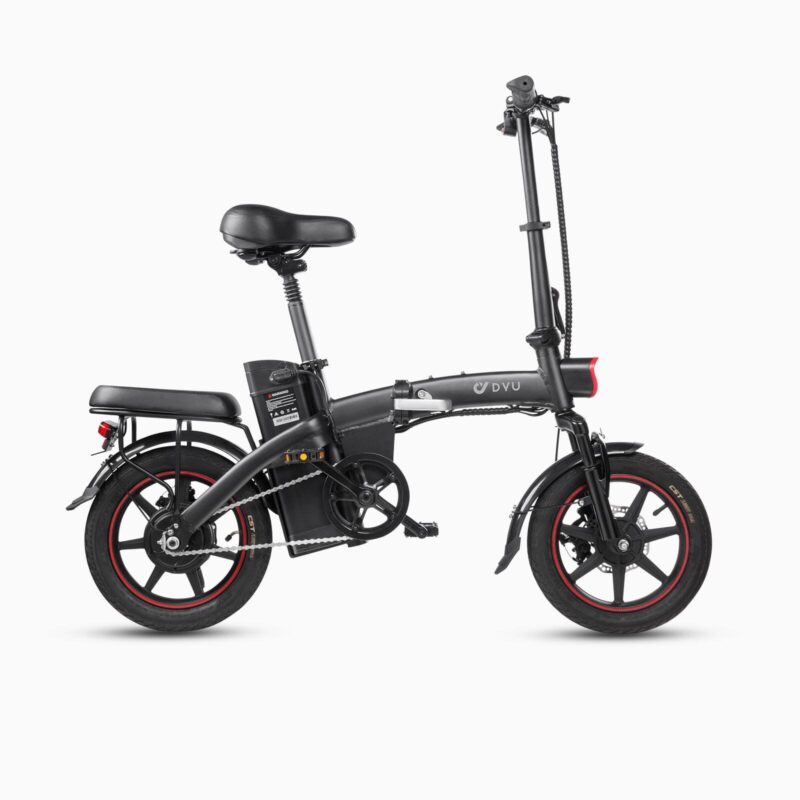
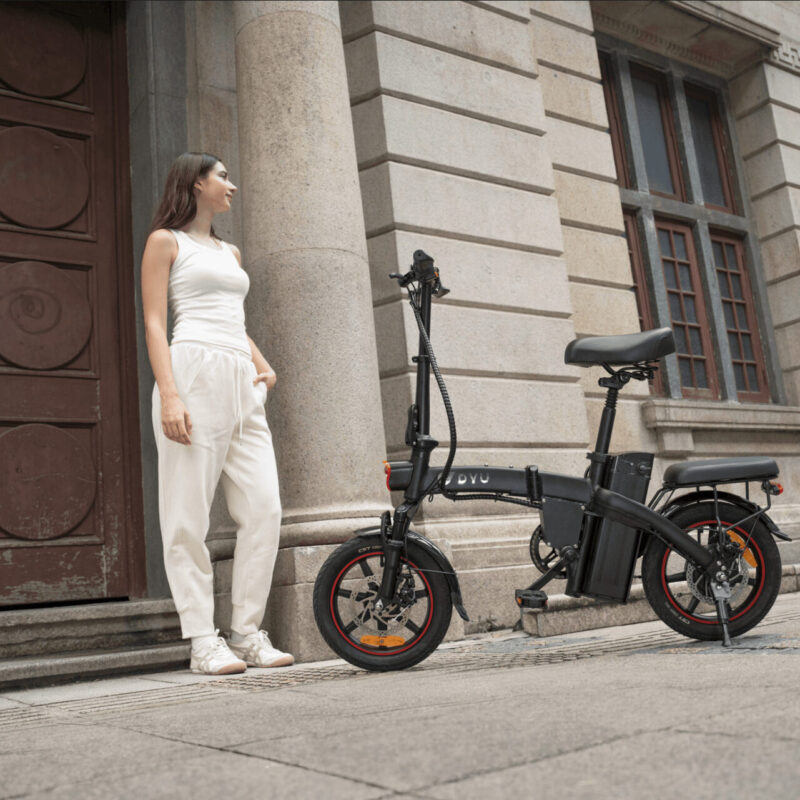
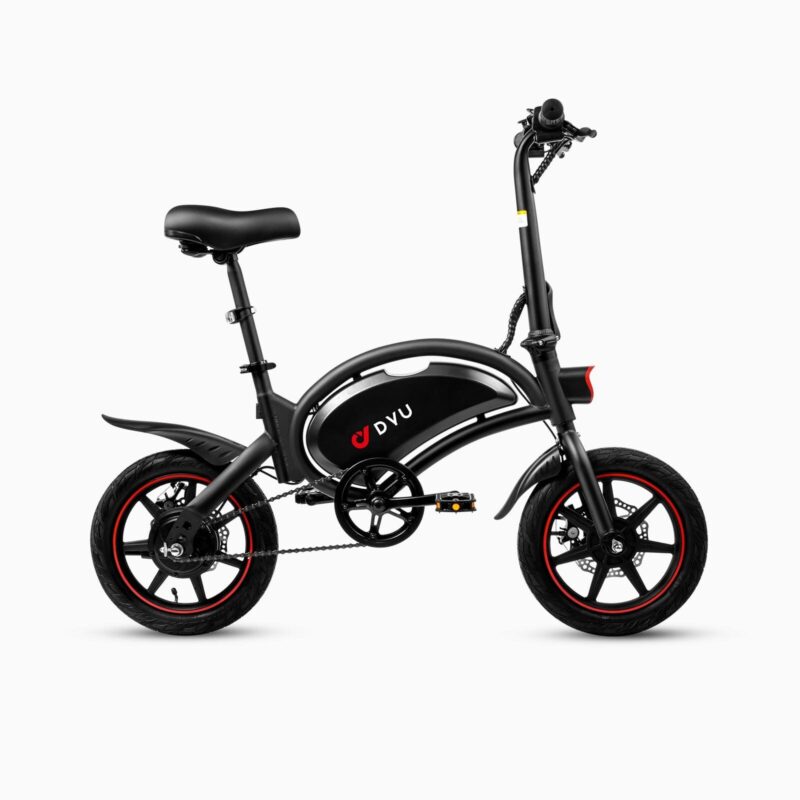
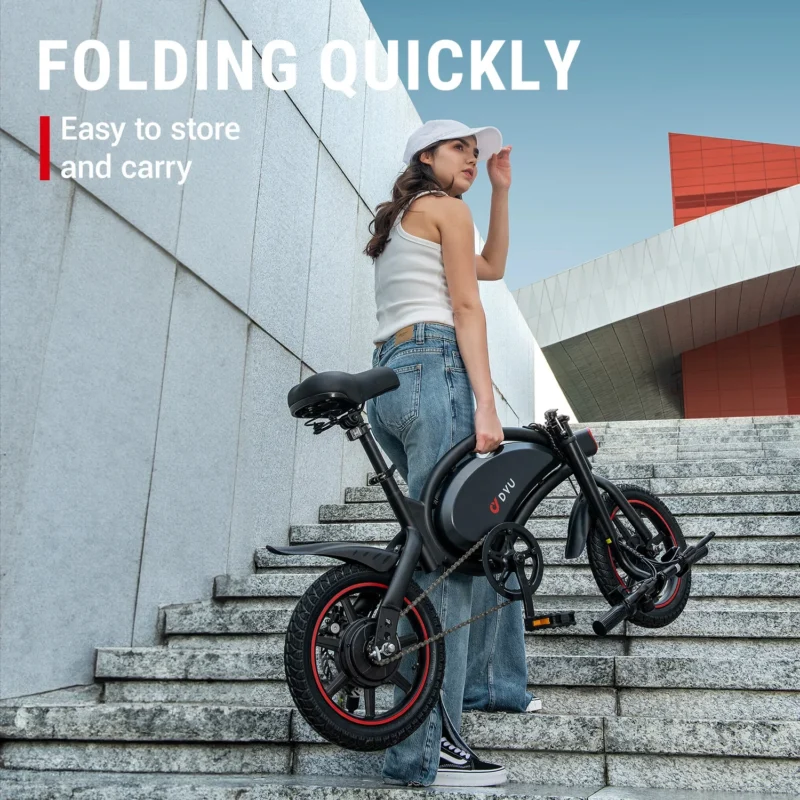
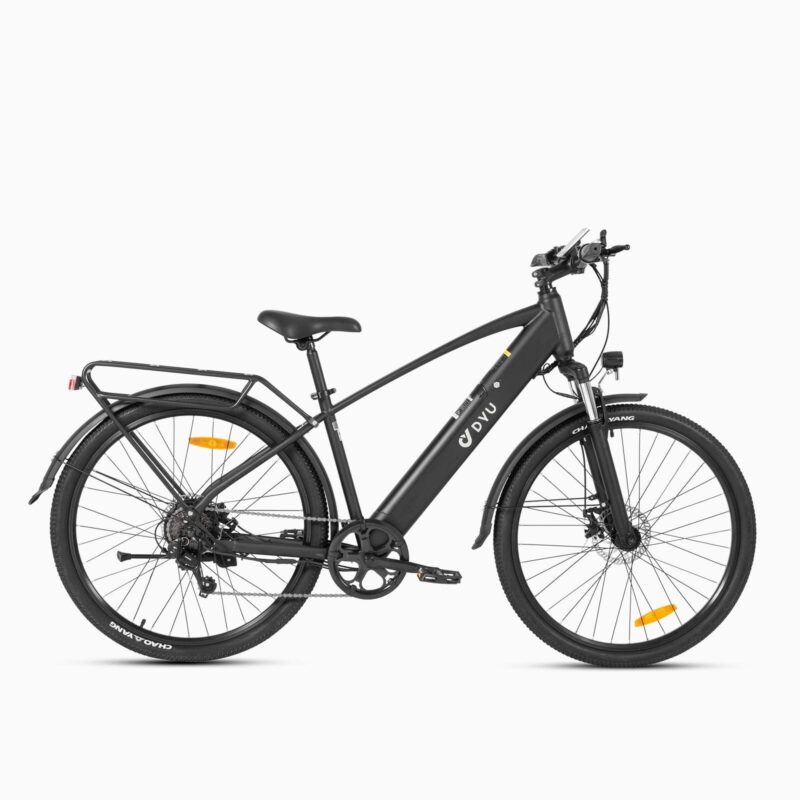
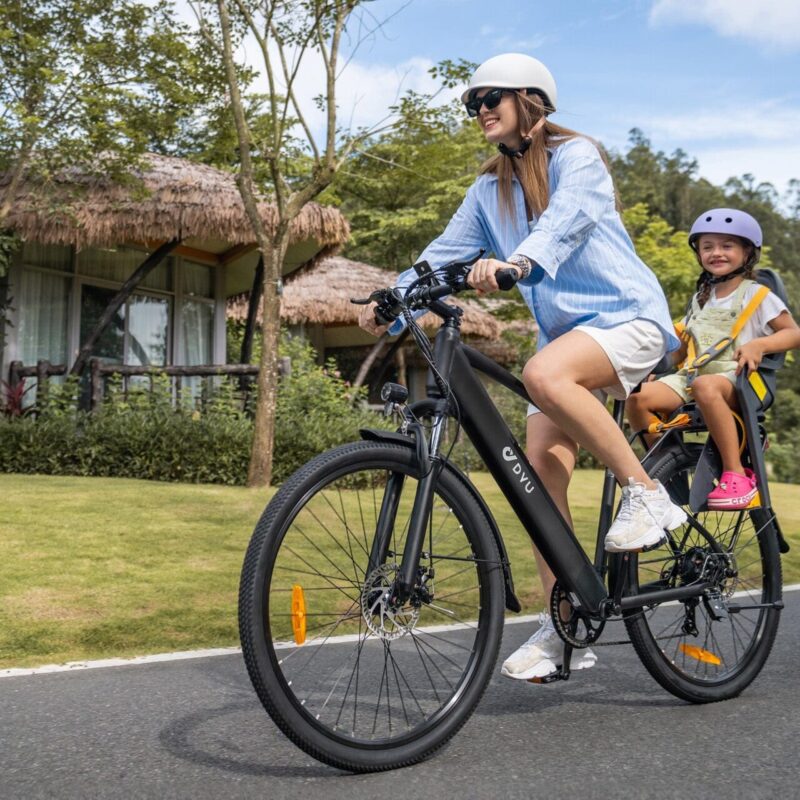
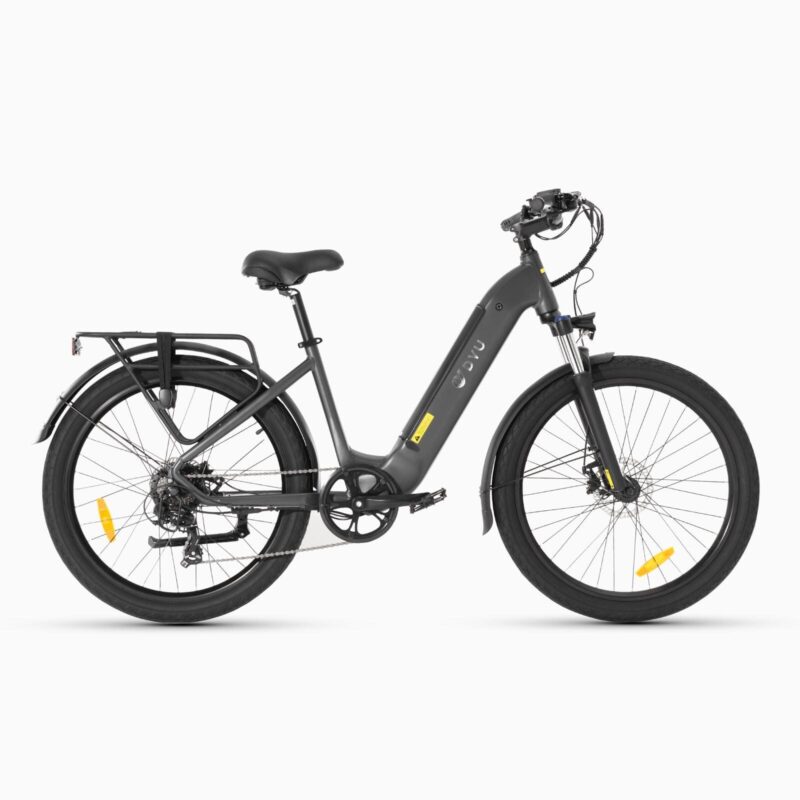
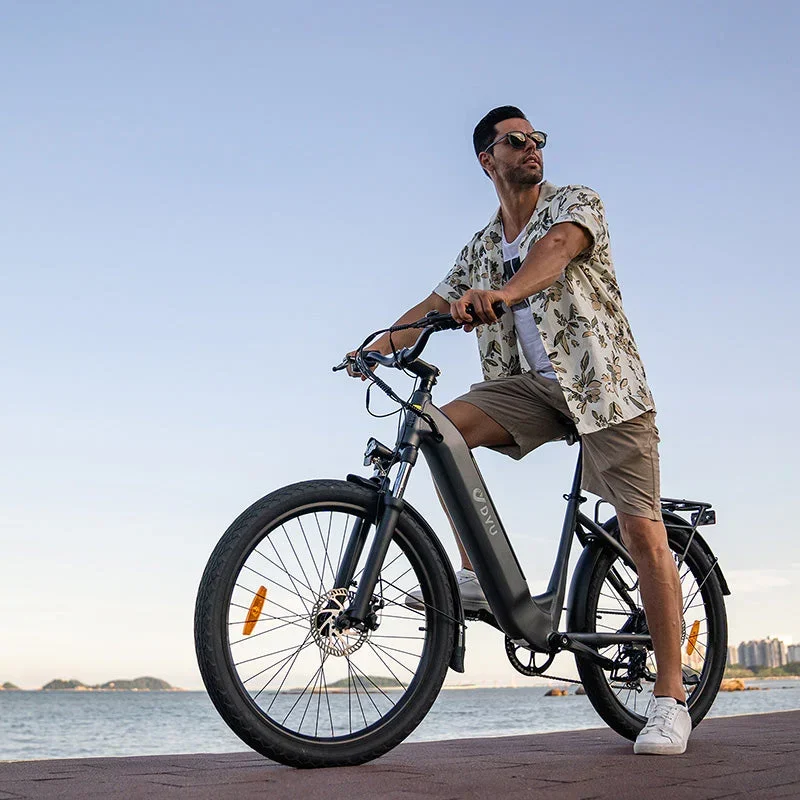
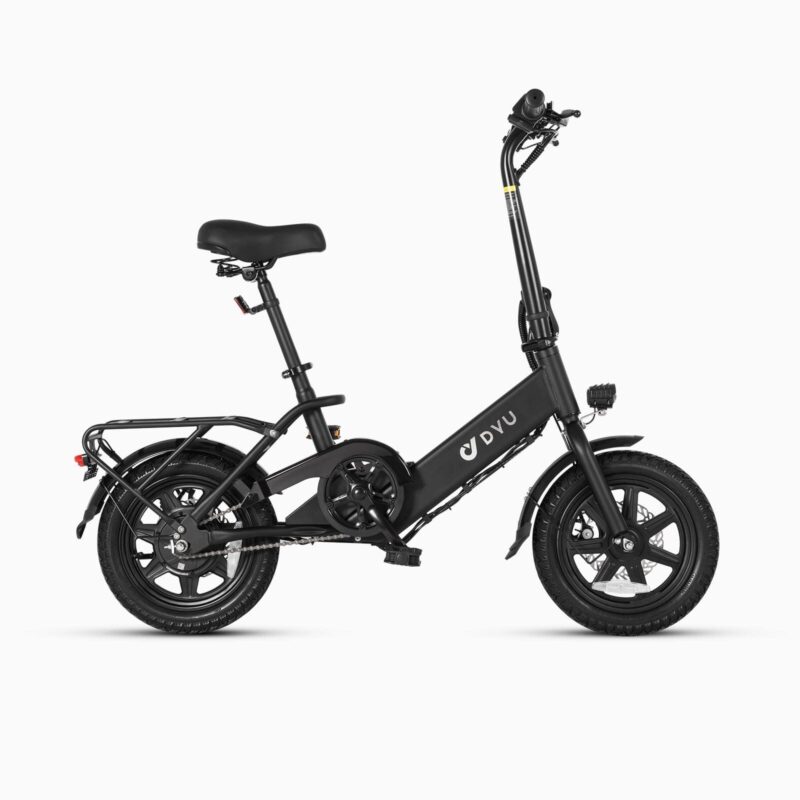
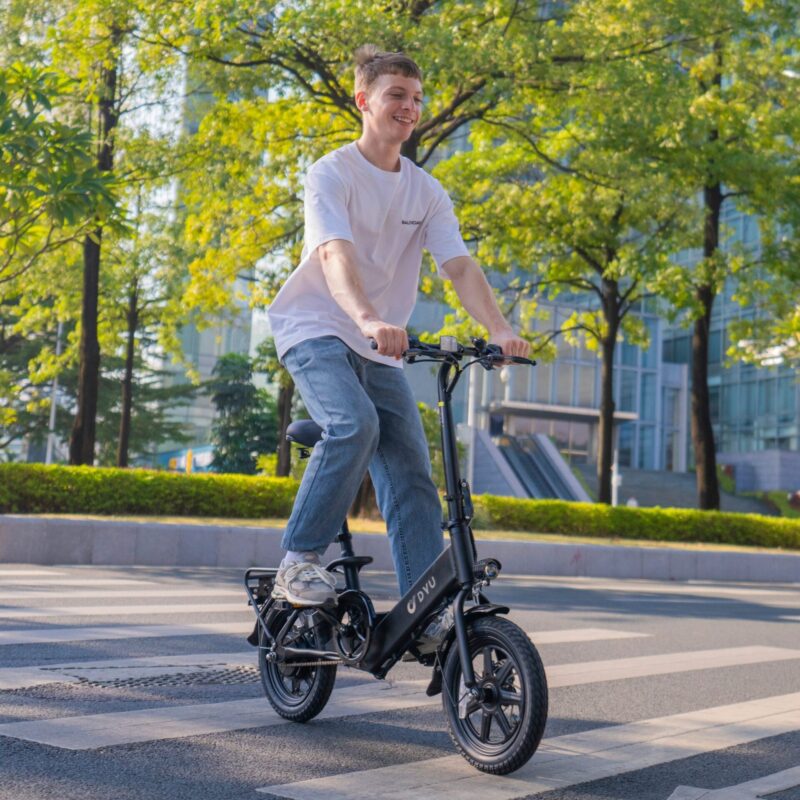
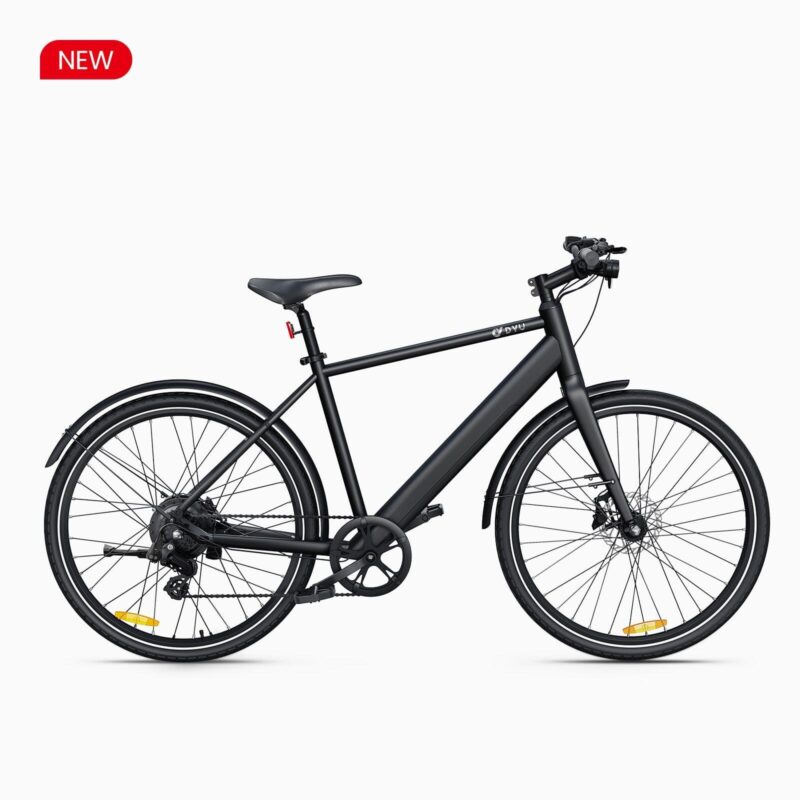
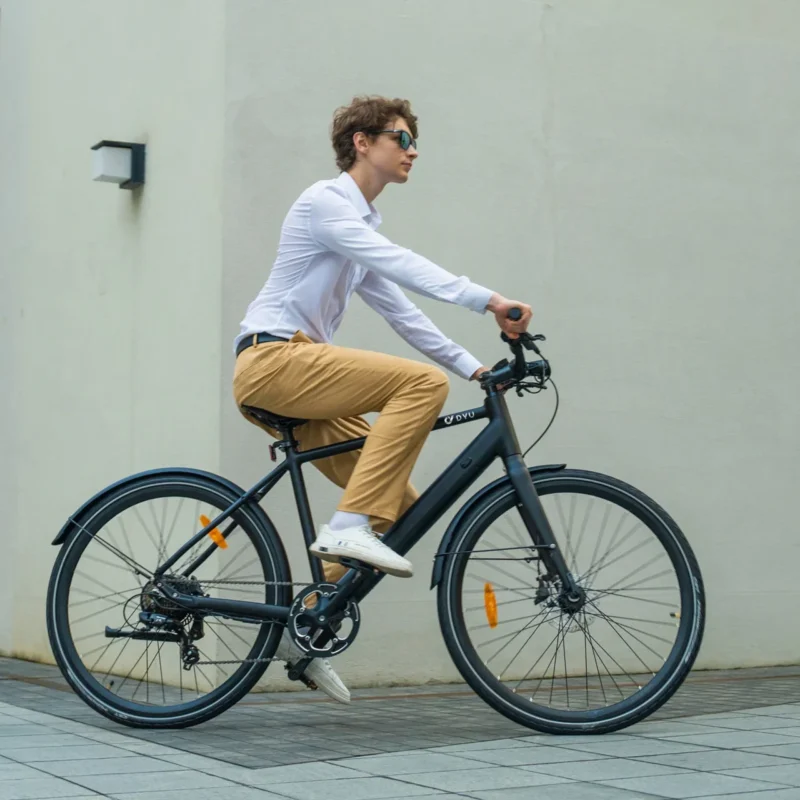
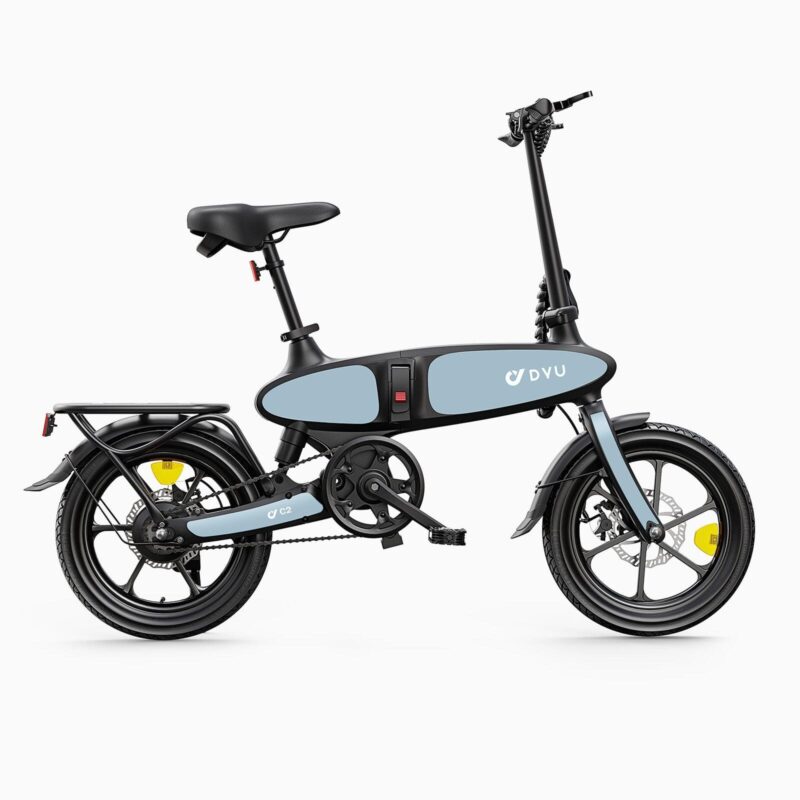
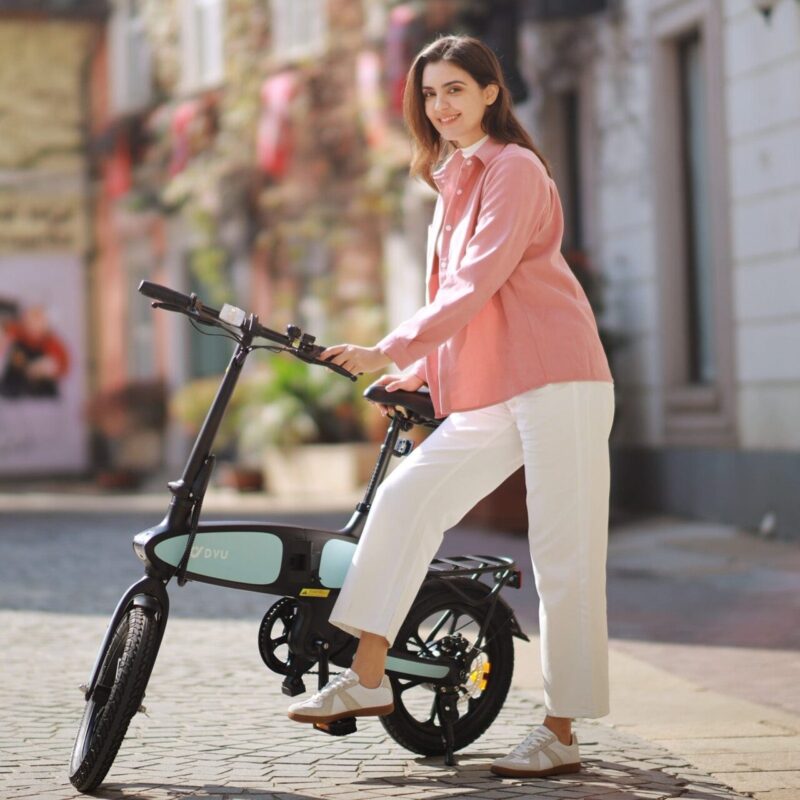
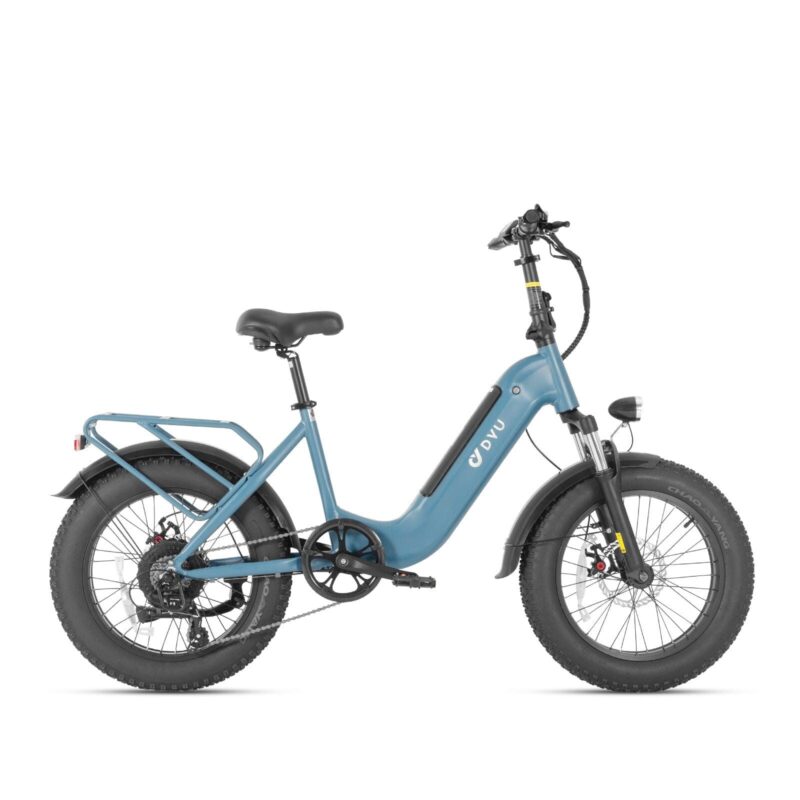
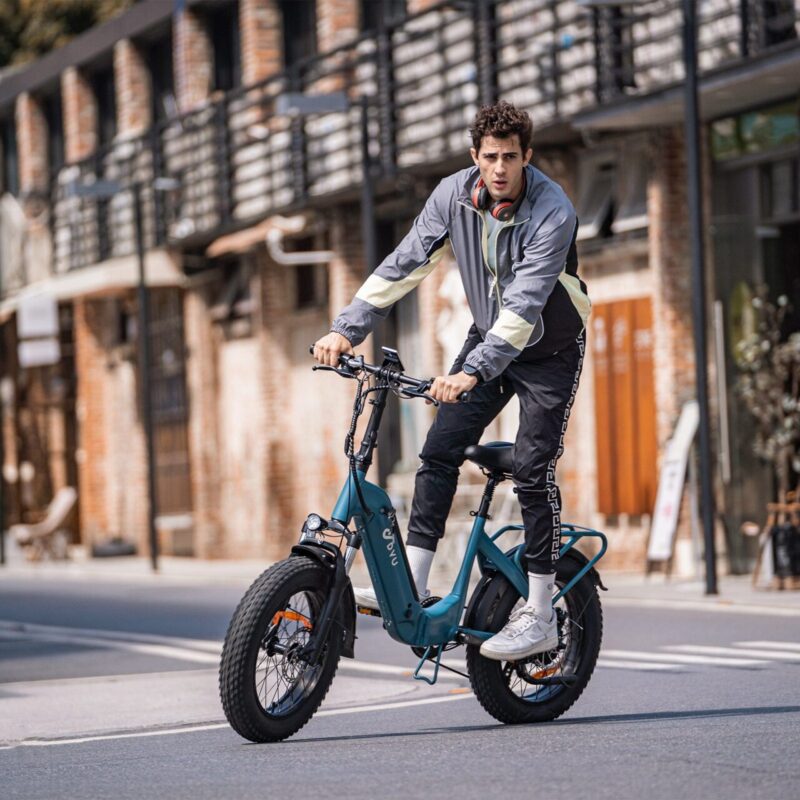
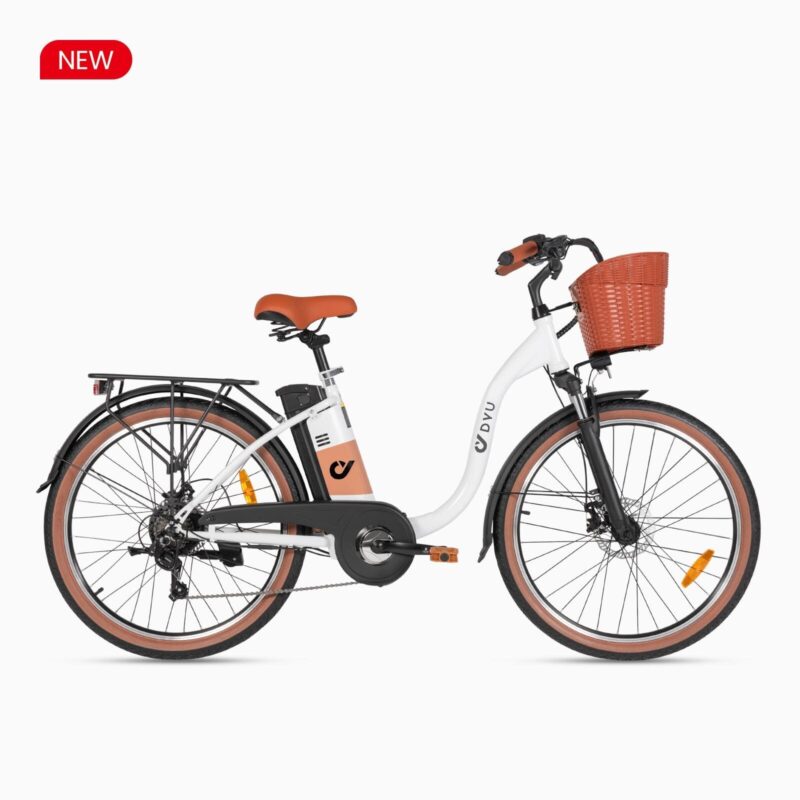
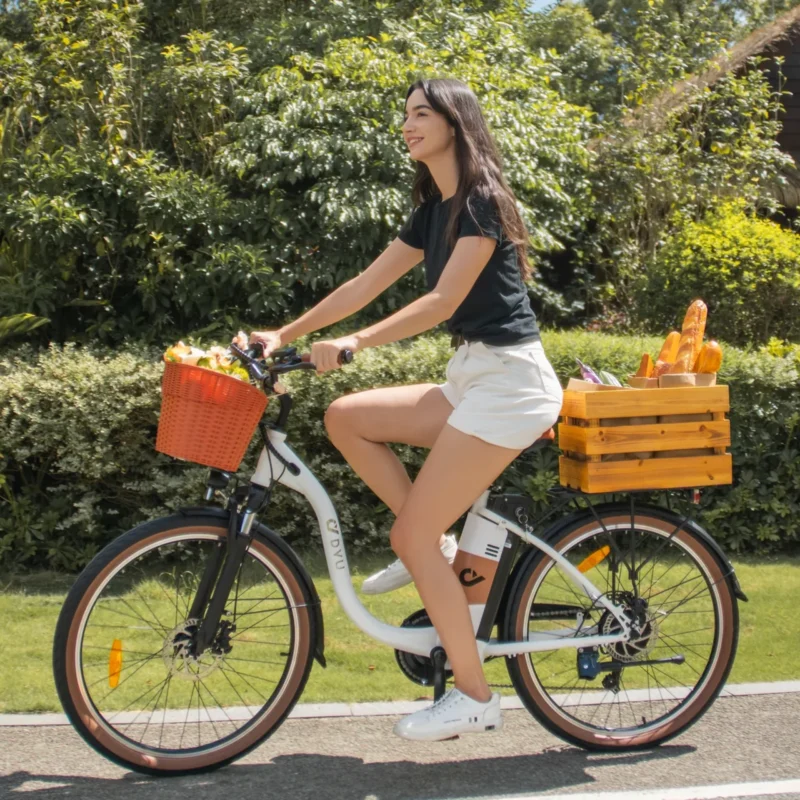
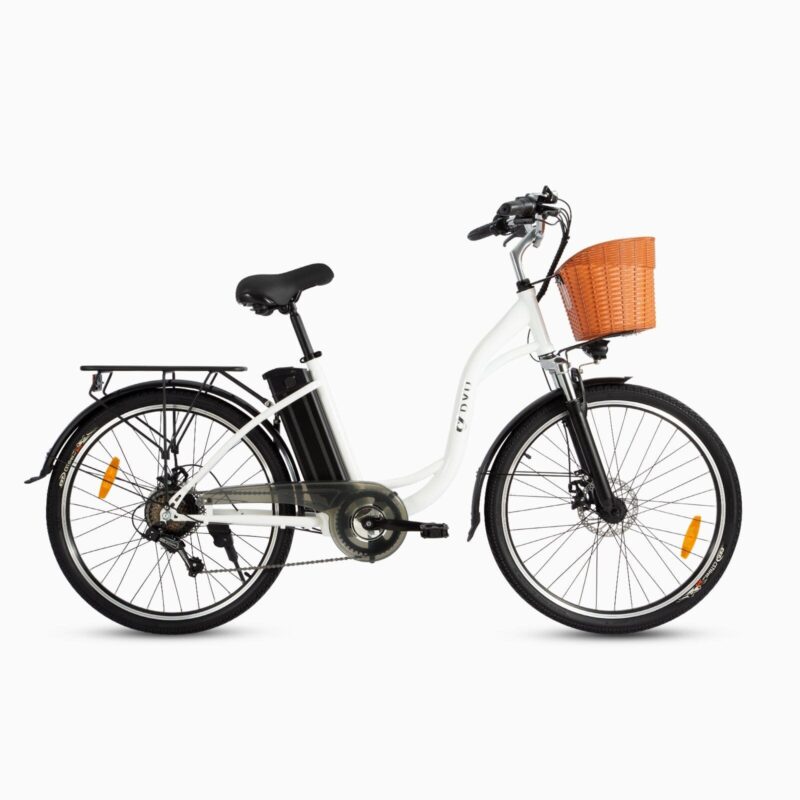
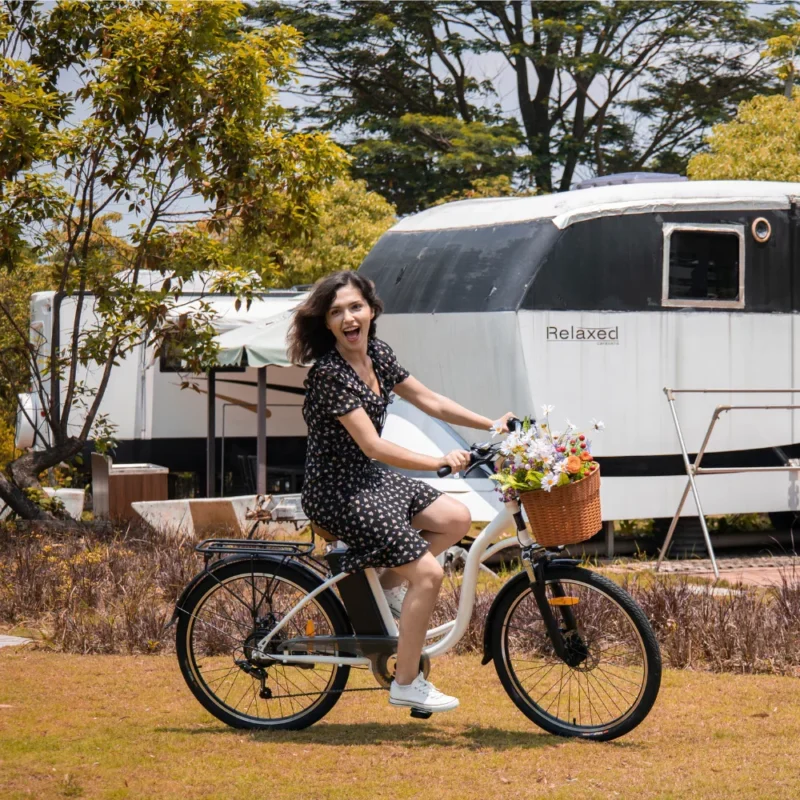
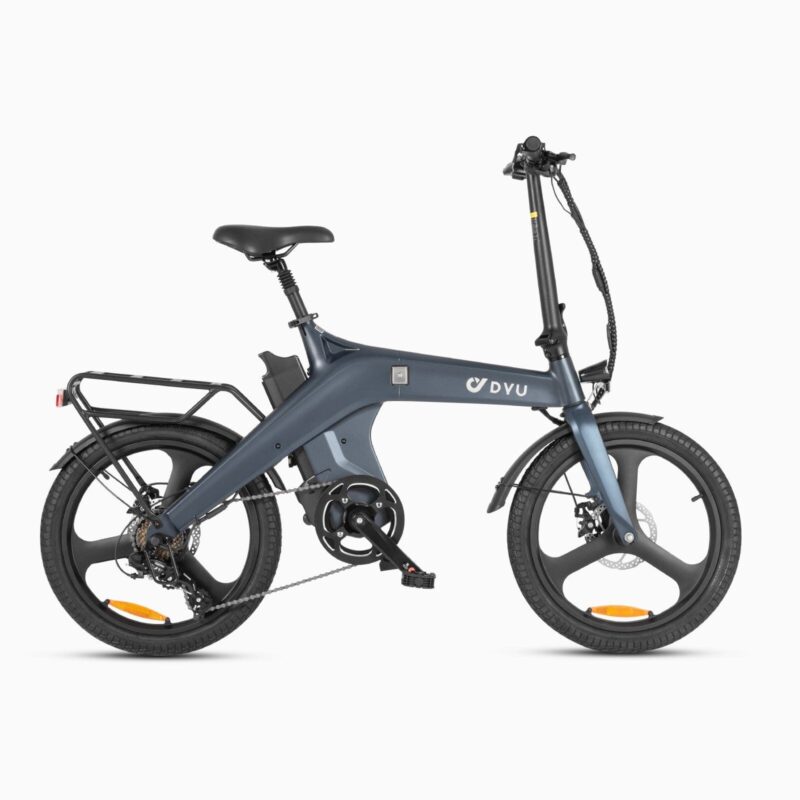
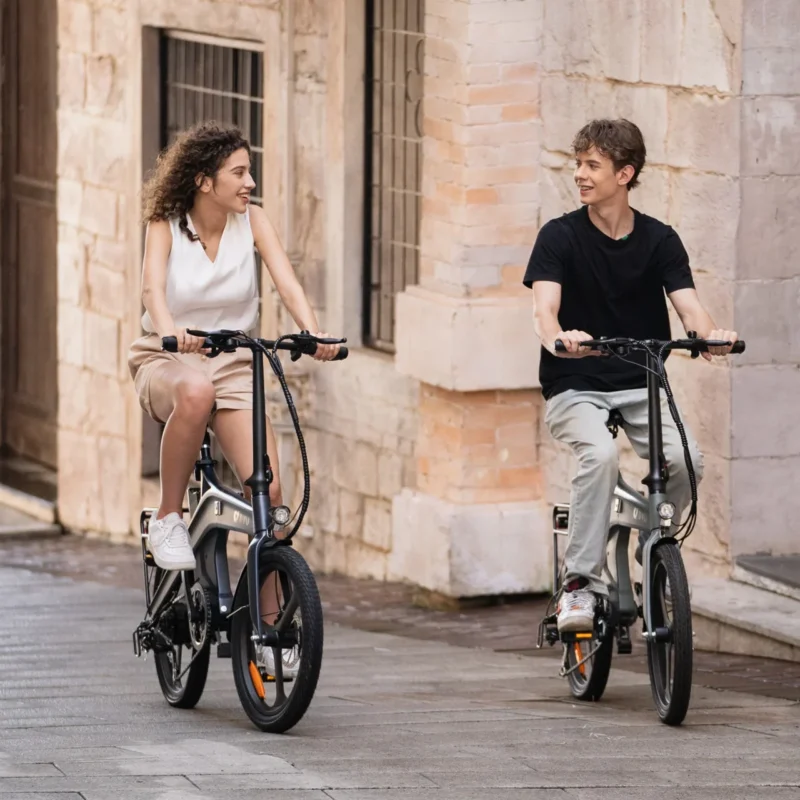
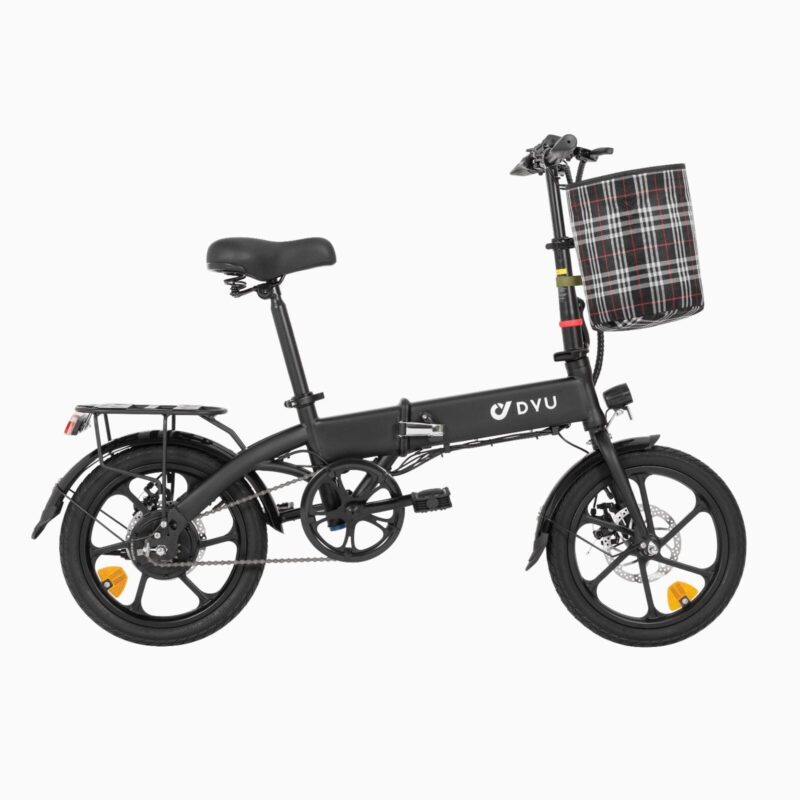
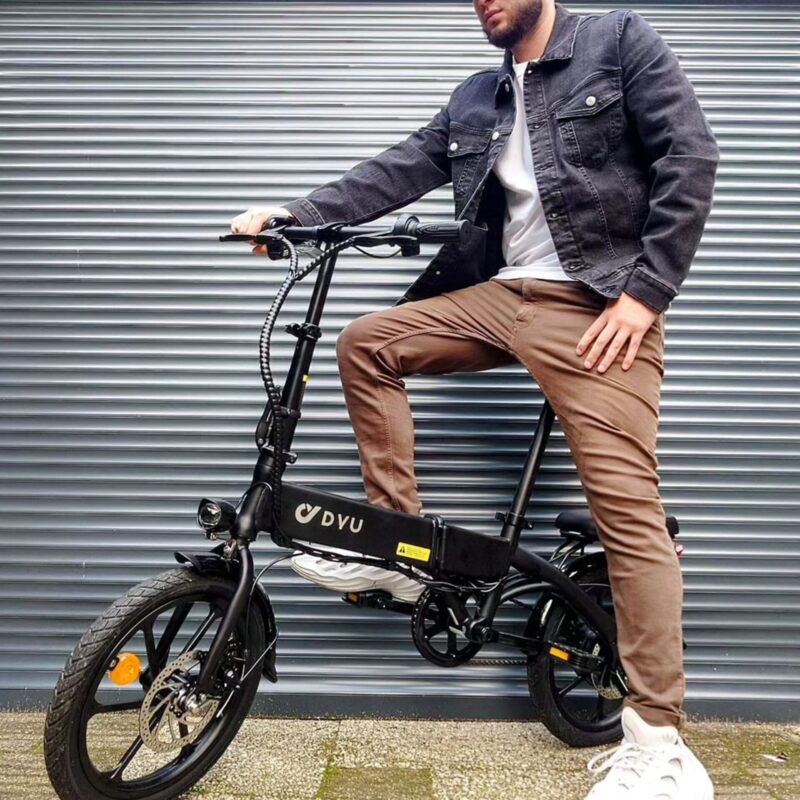

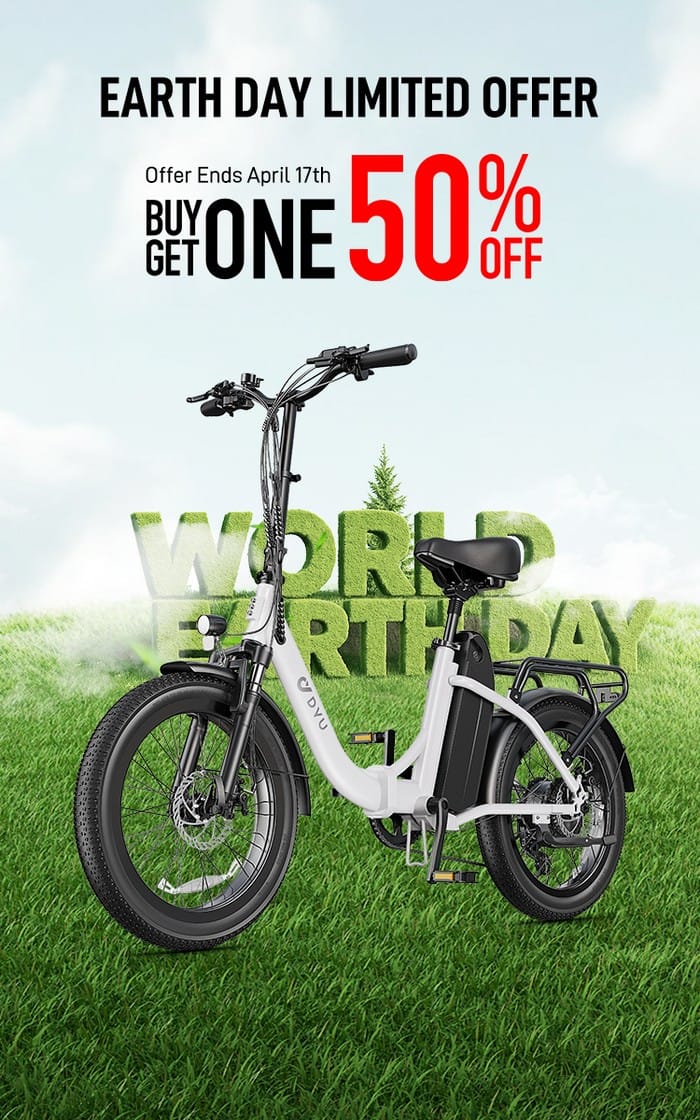
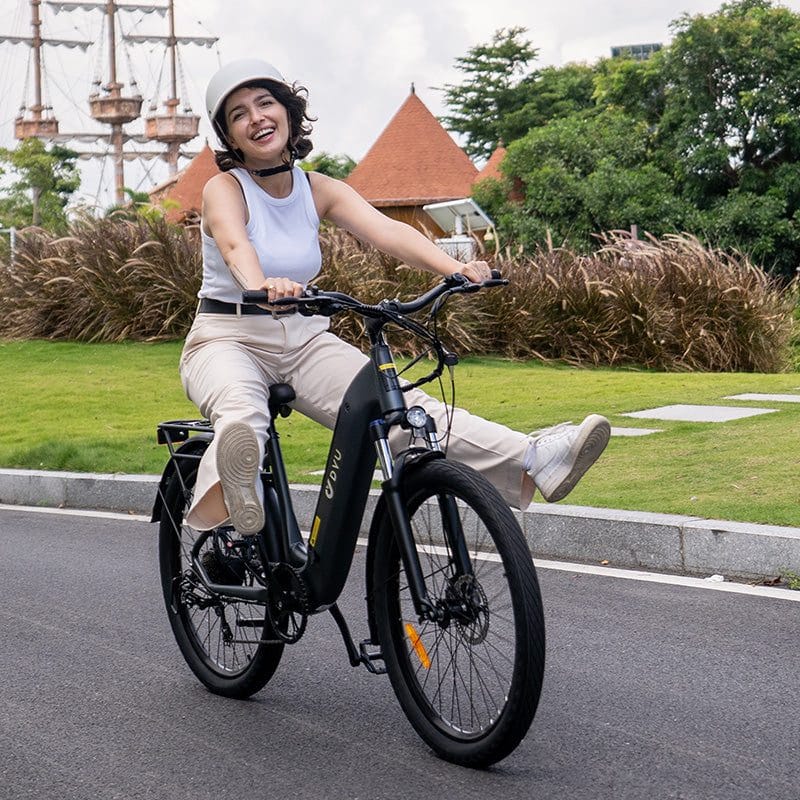
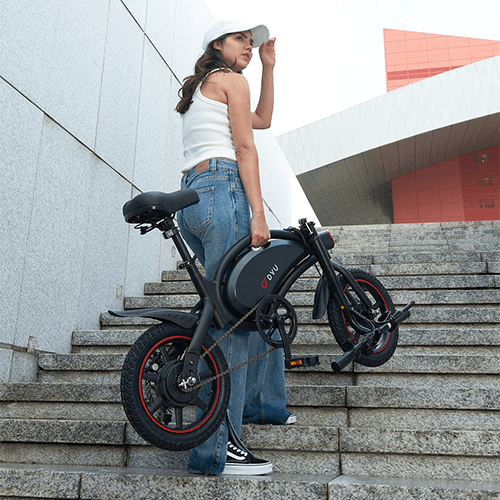
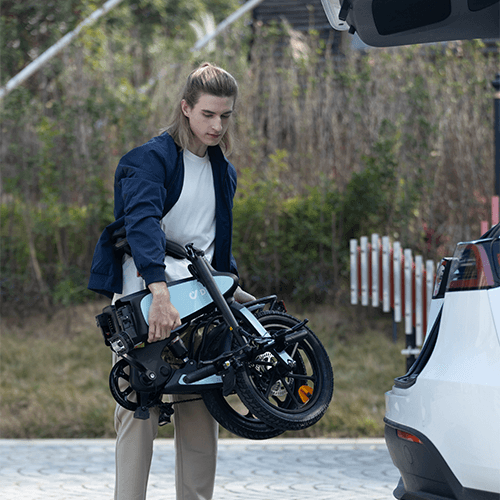
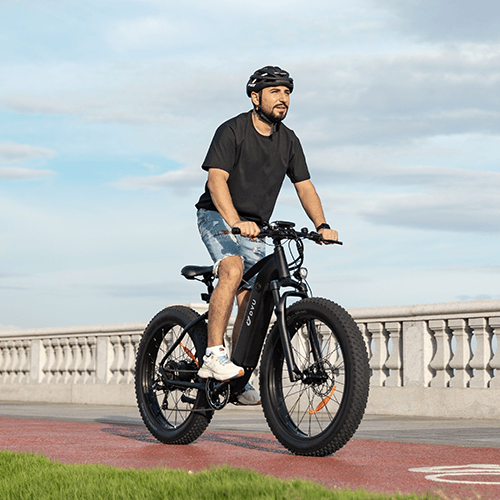
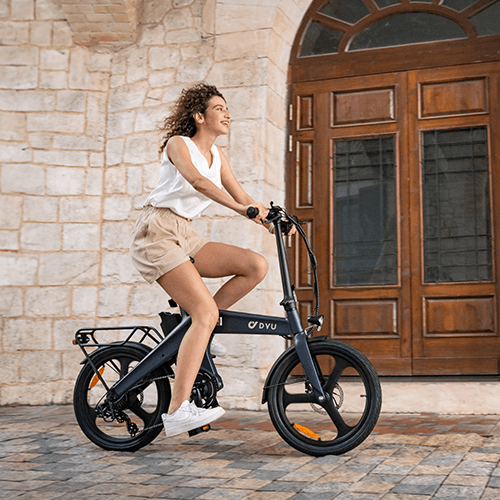

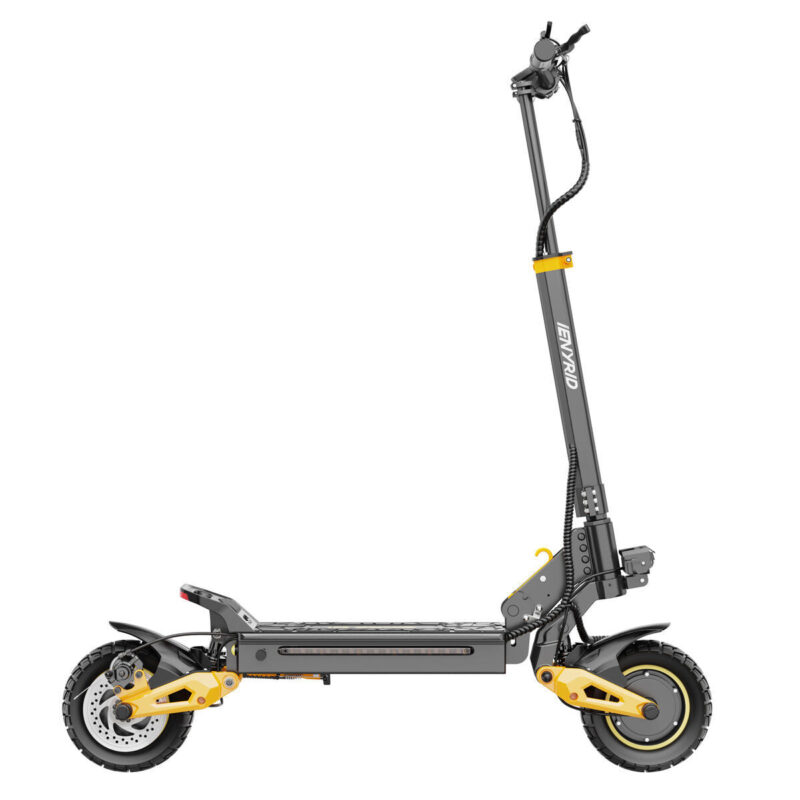
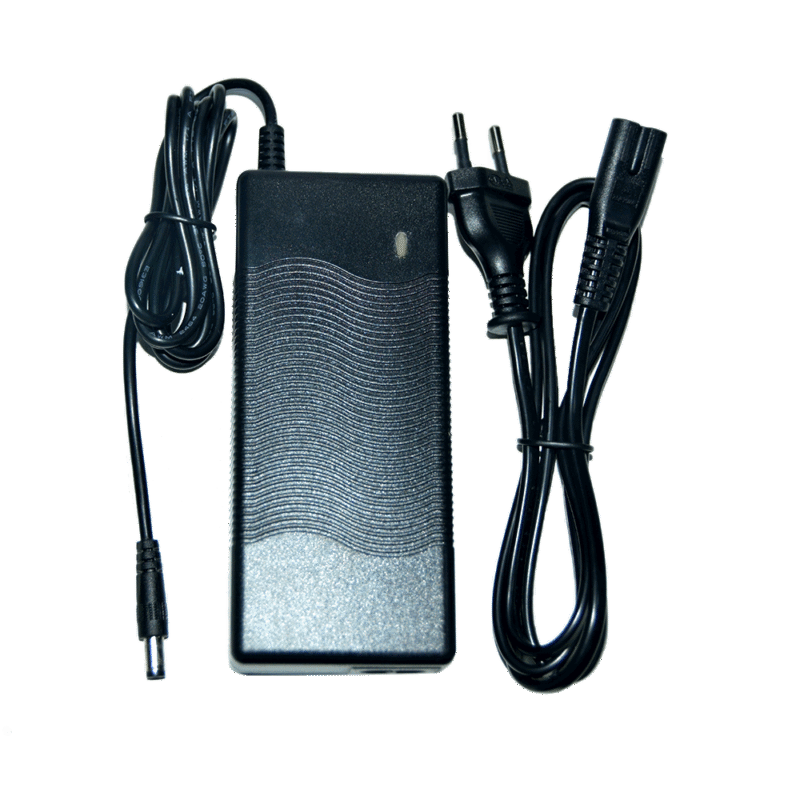
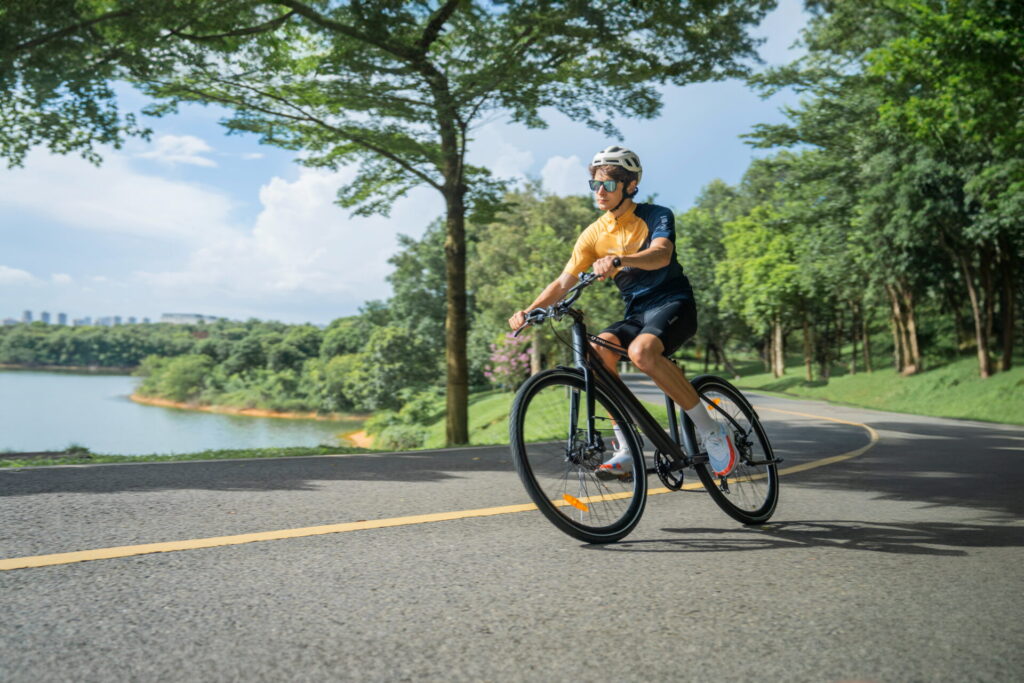
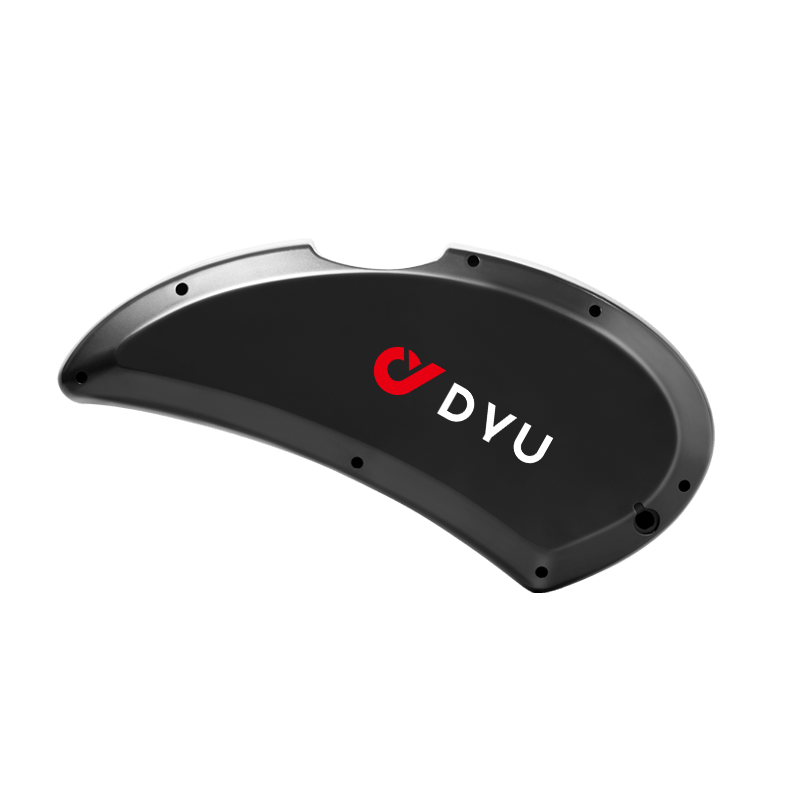
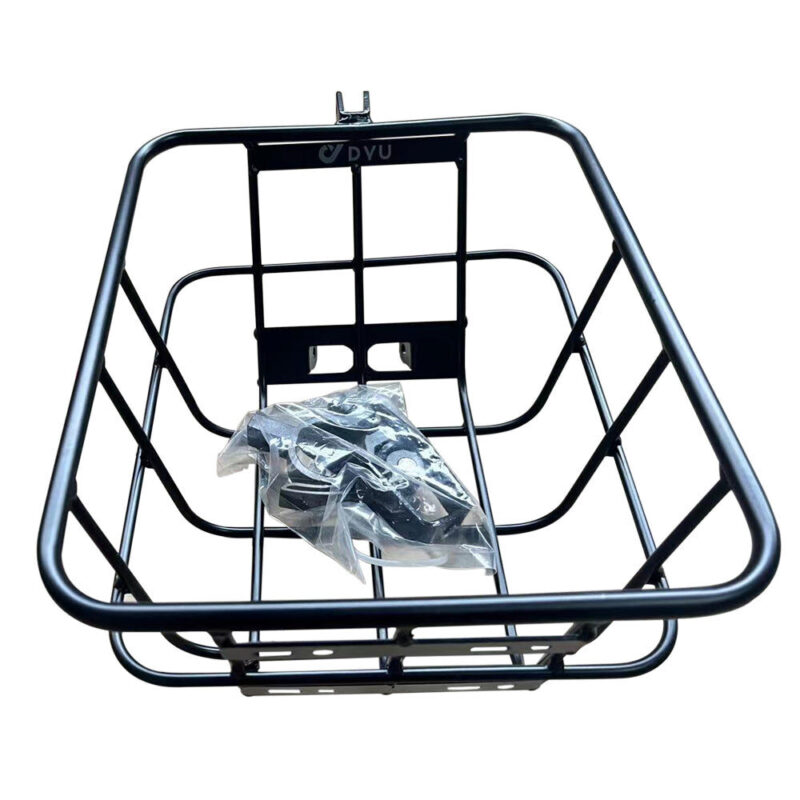
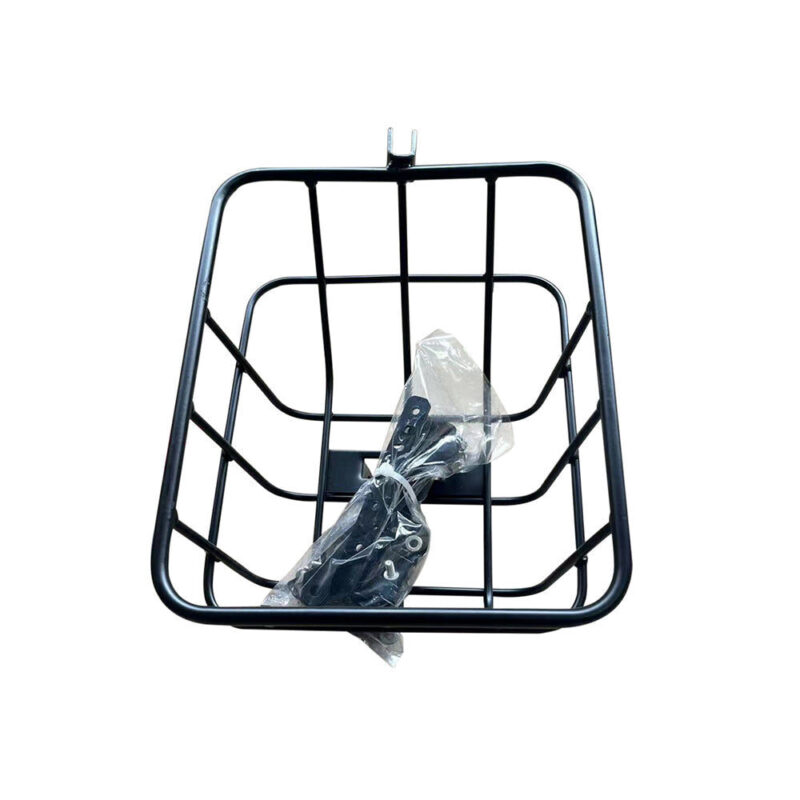
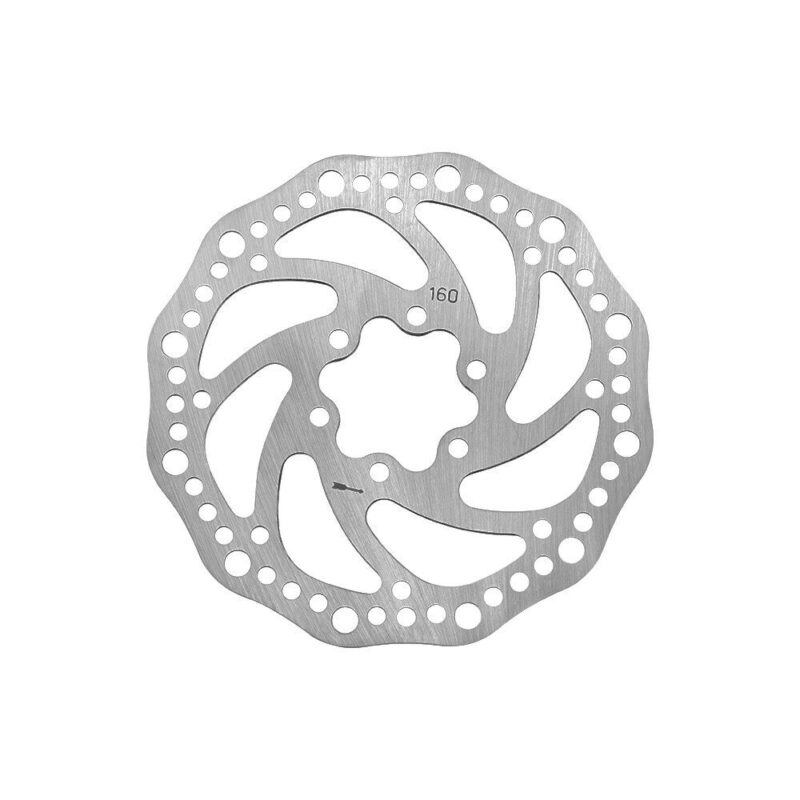
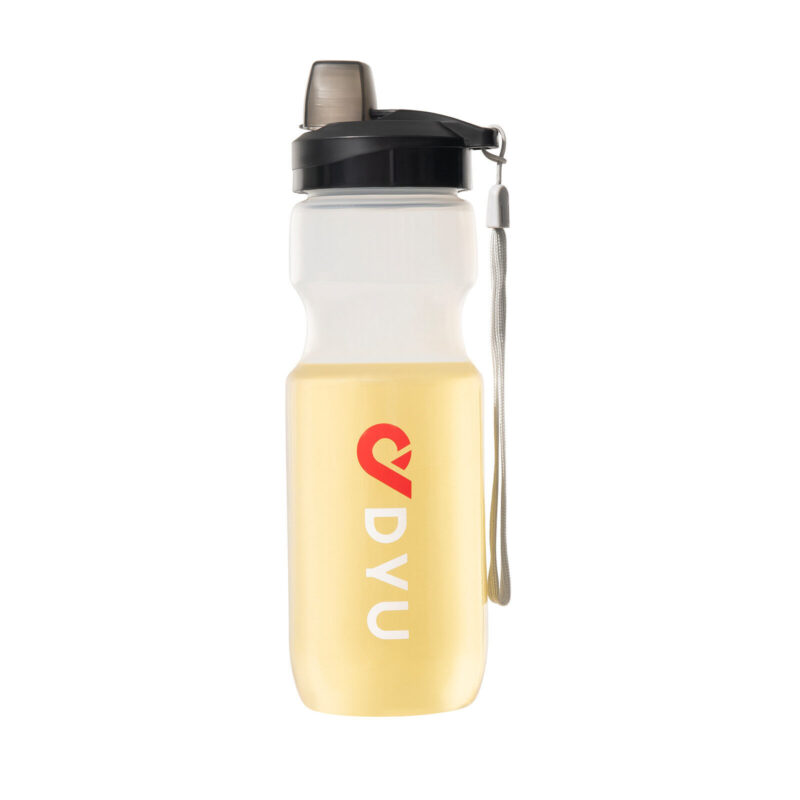
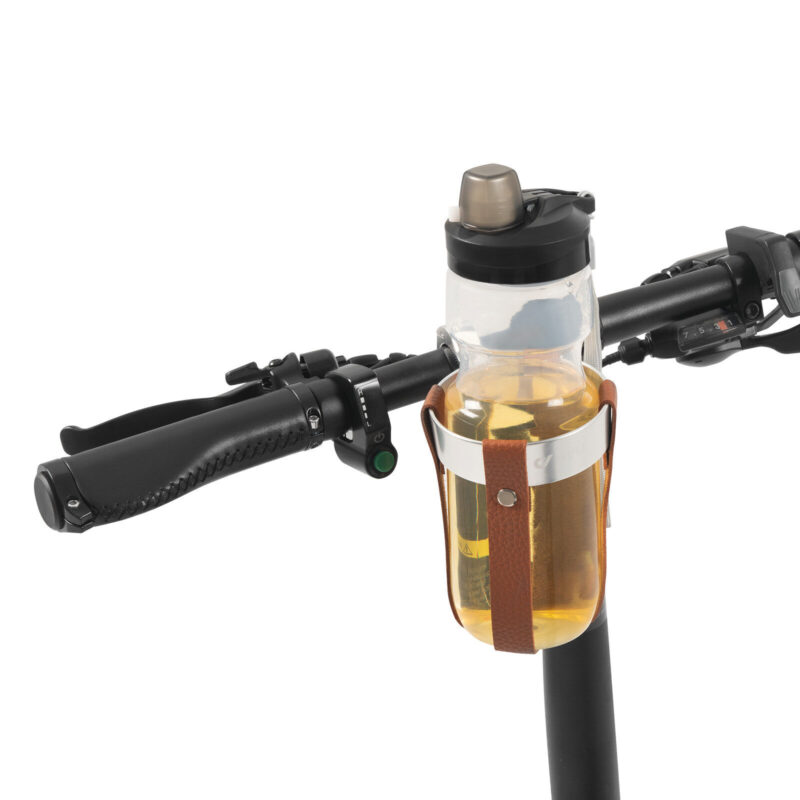
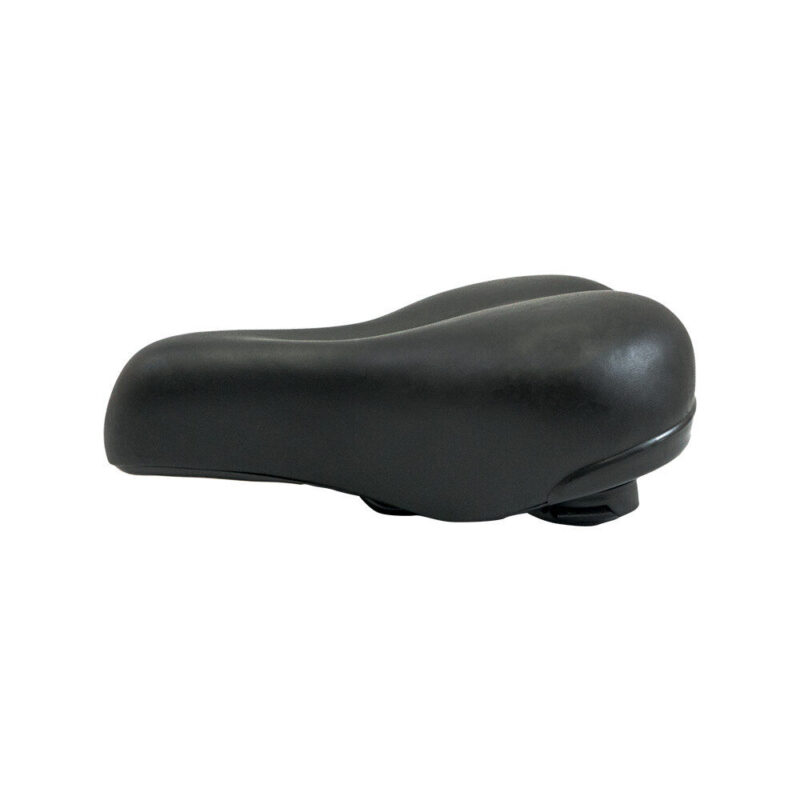
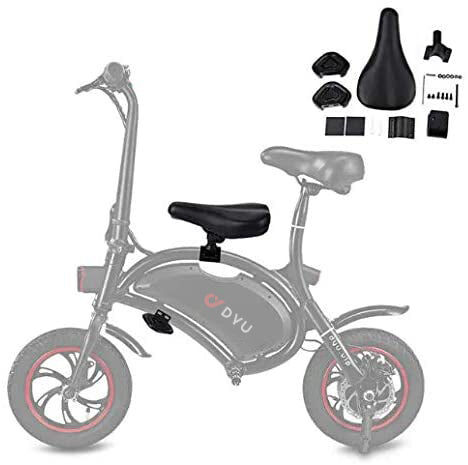
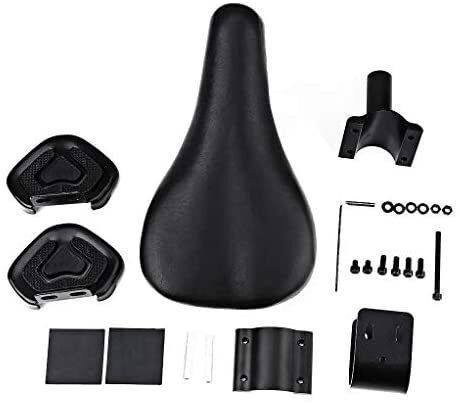
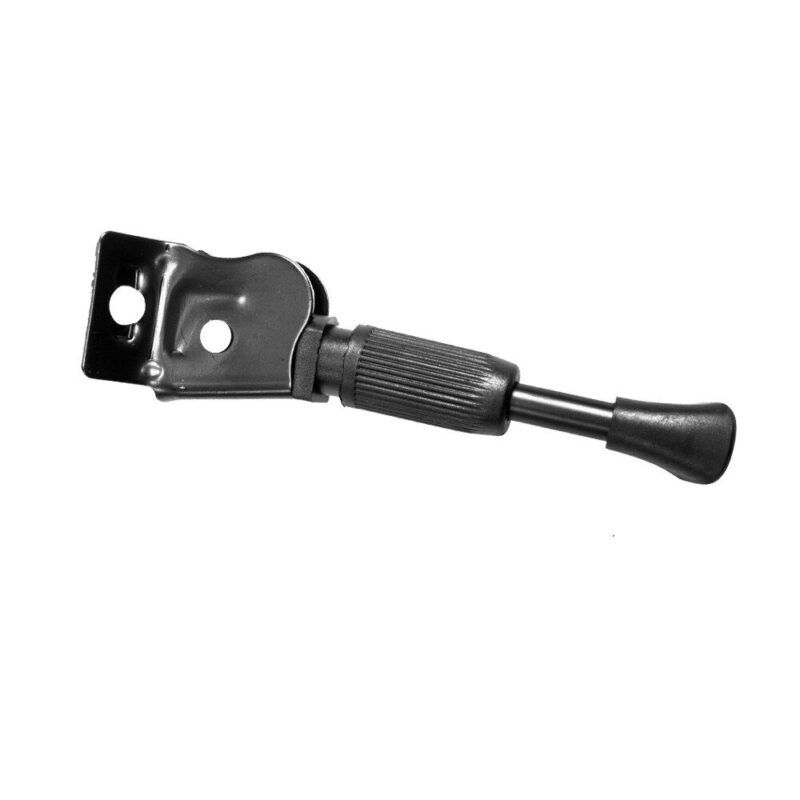
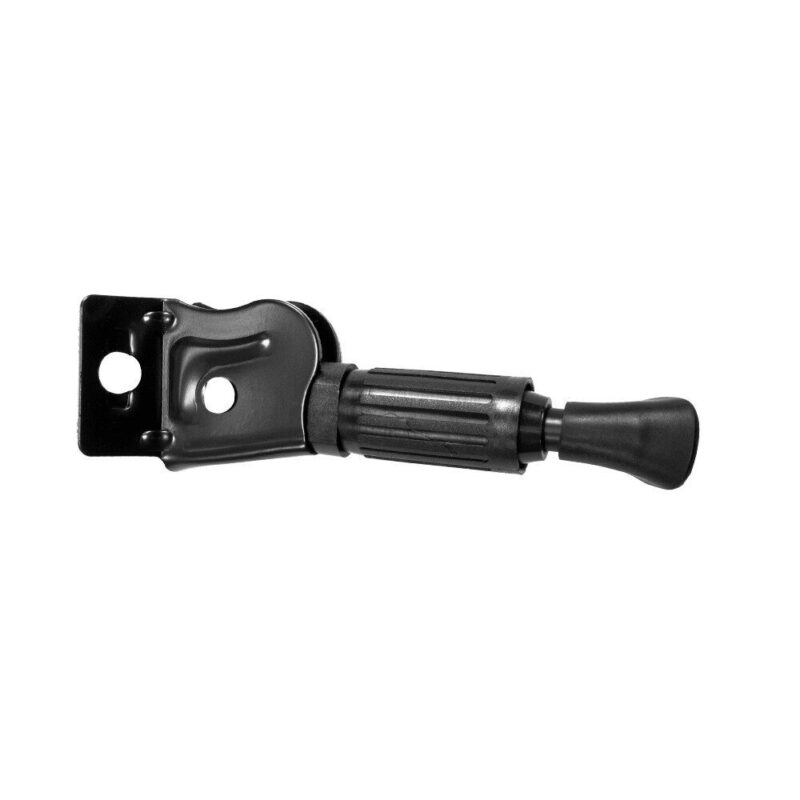
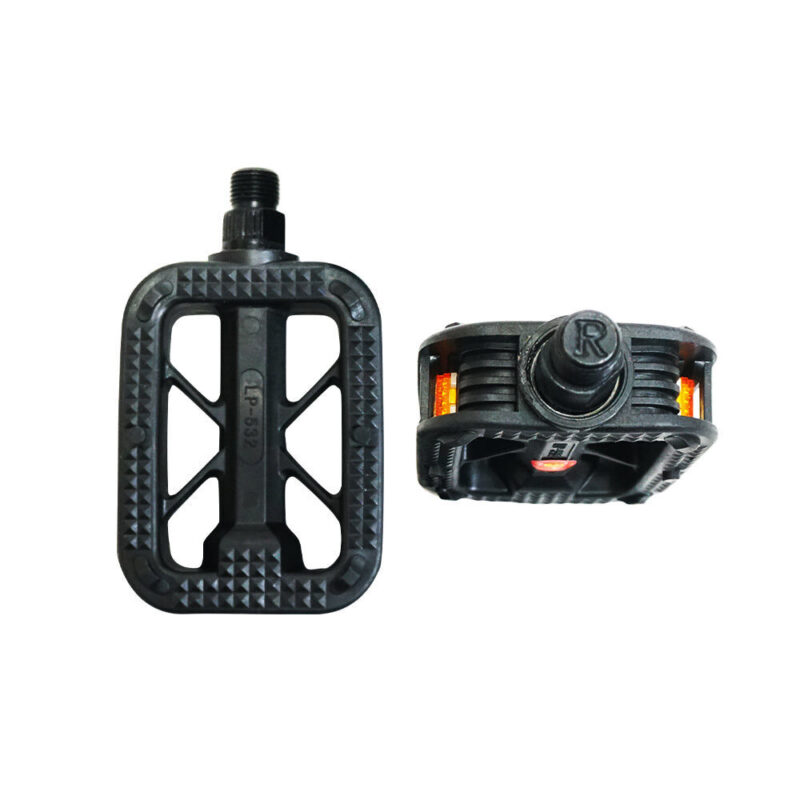
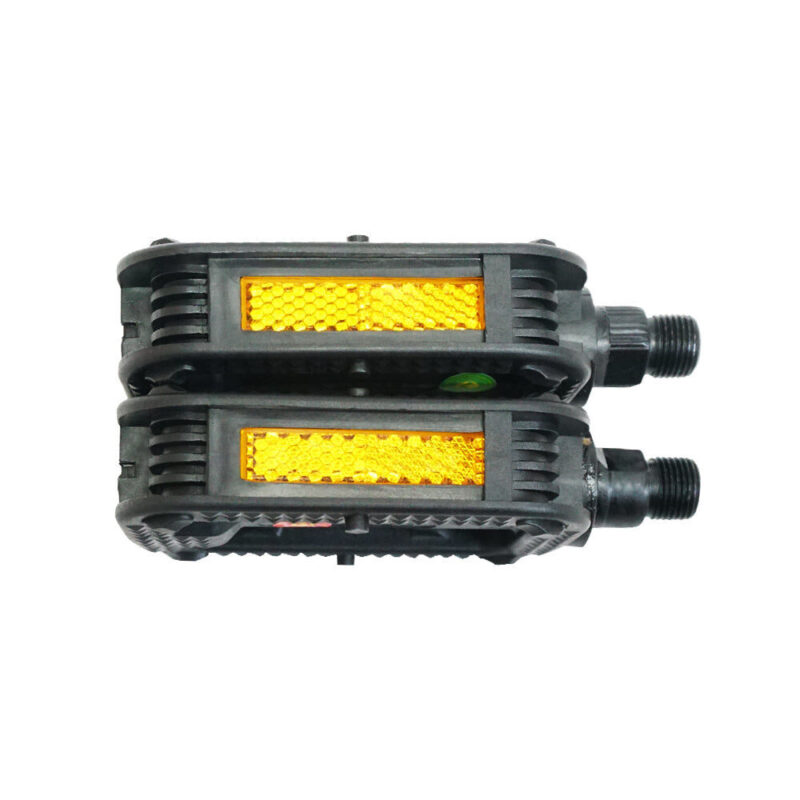
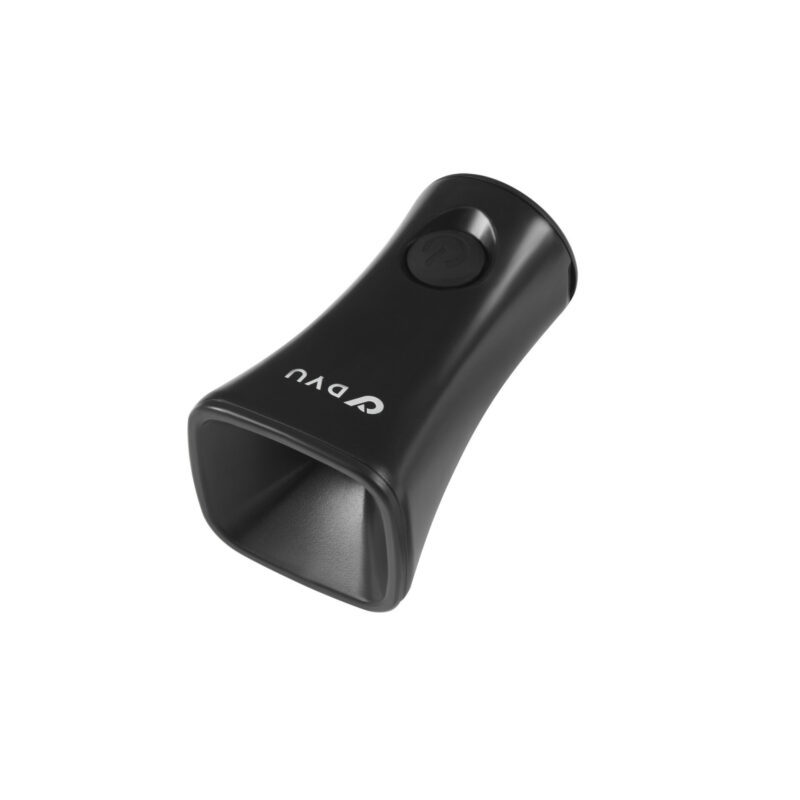
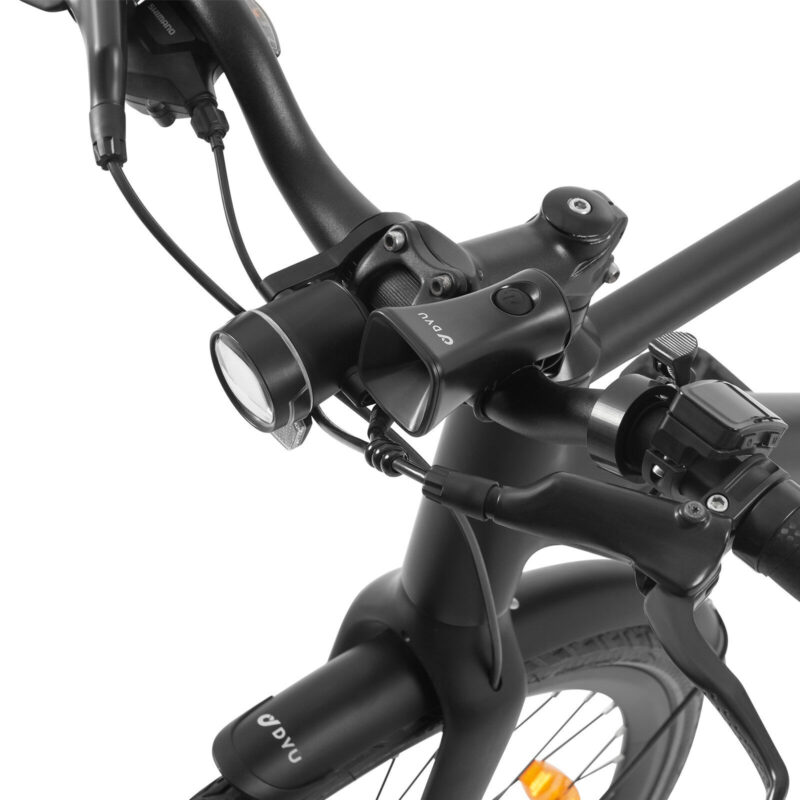
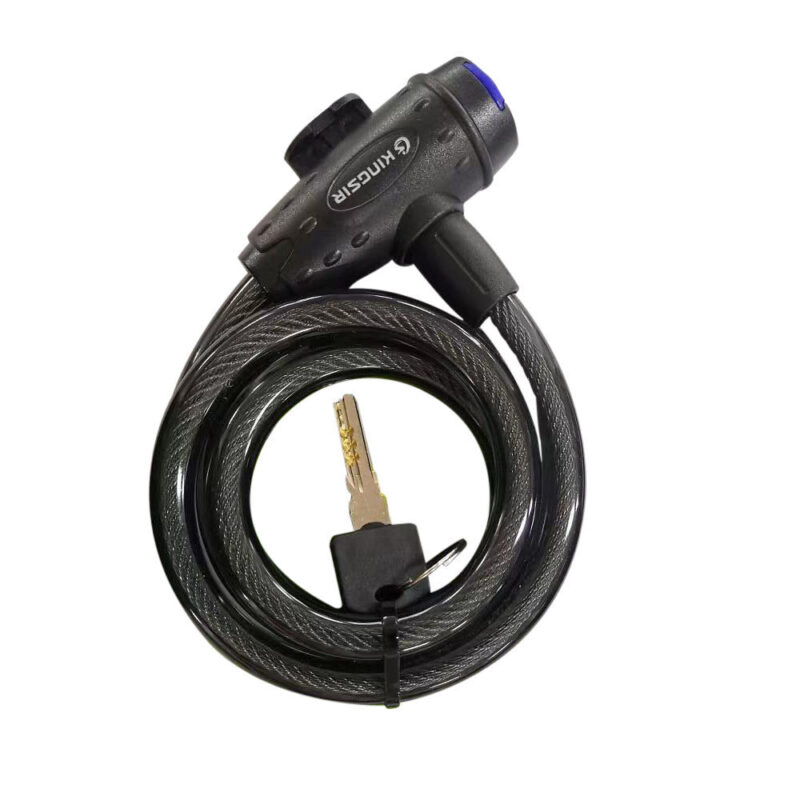
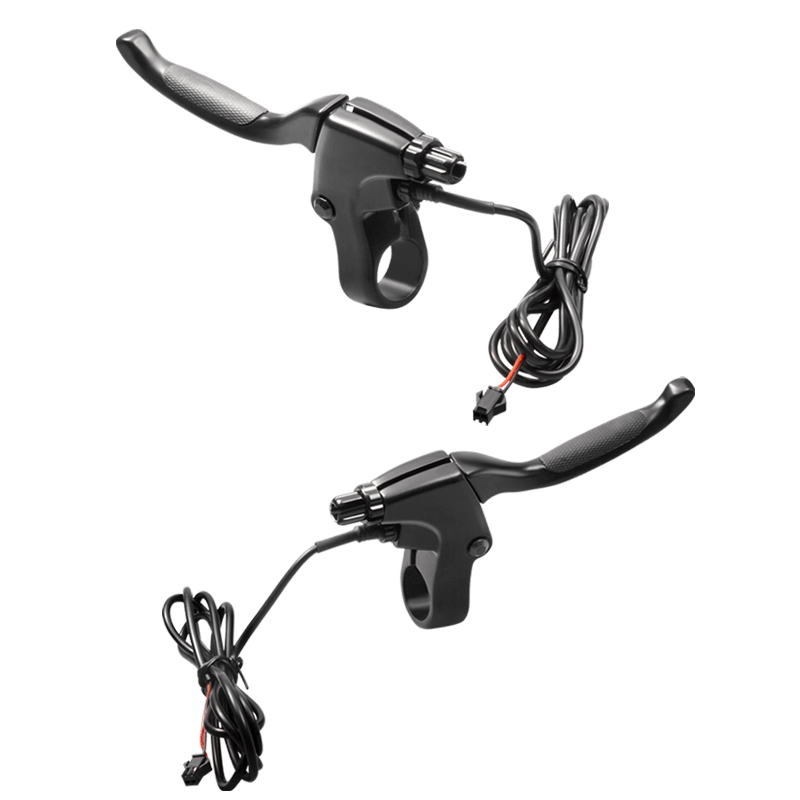
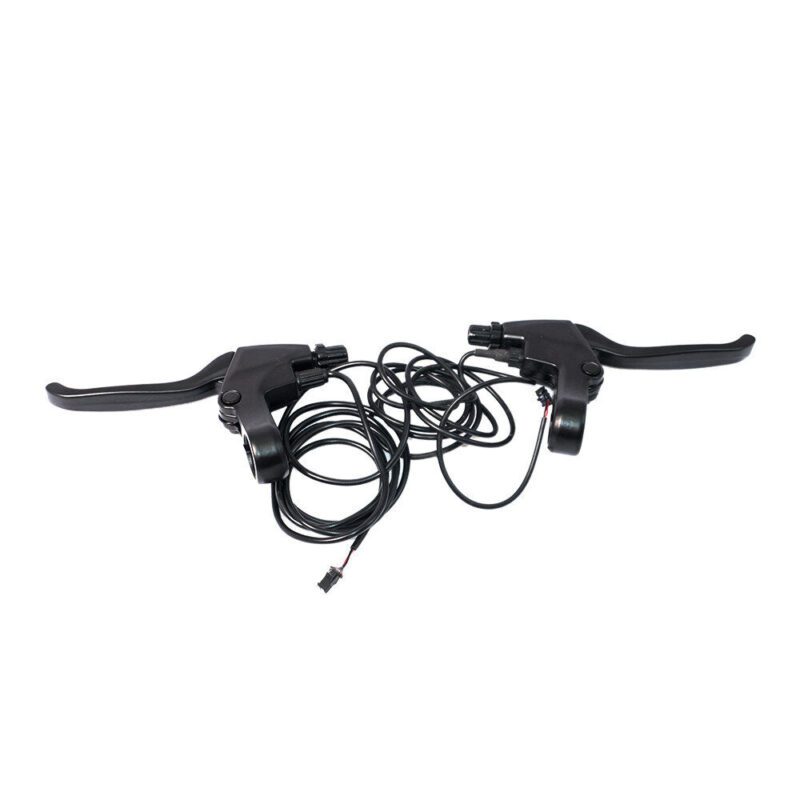
Ik dacht altijd dat e-bikes alleen voor luie mensen waren, maar mijn benen branden nog steeds na langere ritten.
Mijn eerste e-bike batterij beloofde 60 km, maar ik haal meestal ongeveer 40 km — nog steeds prima.
Tellen e-bikes eigenlijk als lichaamsbeweging? Ik heb het gevoel dat ik valsspeel.
Absoluut! Terwijl de motor je ondersteunt, trap je nog steeds en gebruik je je spieren. Hoeveel inspanning je levert, hangt af van het ondersteuningsniveau dat je kiest. Veel fietsers rijden uiteindelijk zelfs verder en vaker dan op een gewone fiets, wat bij elkaar opgeteld meer lichaamsbeweging oplevert.